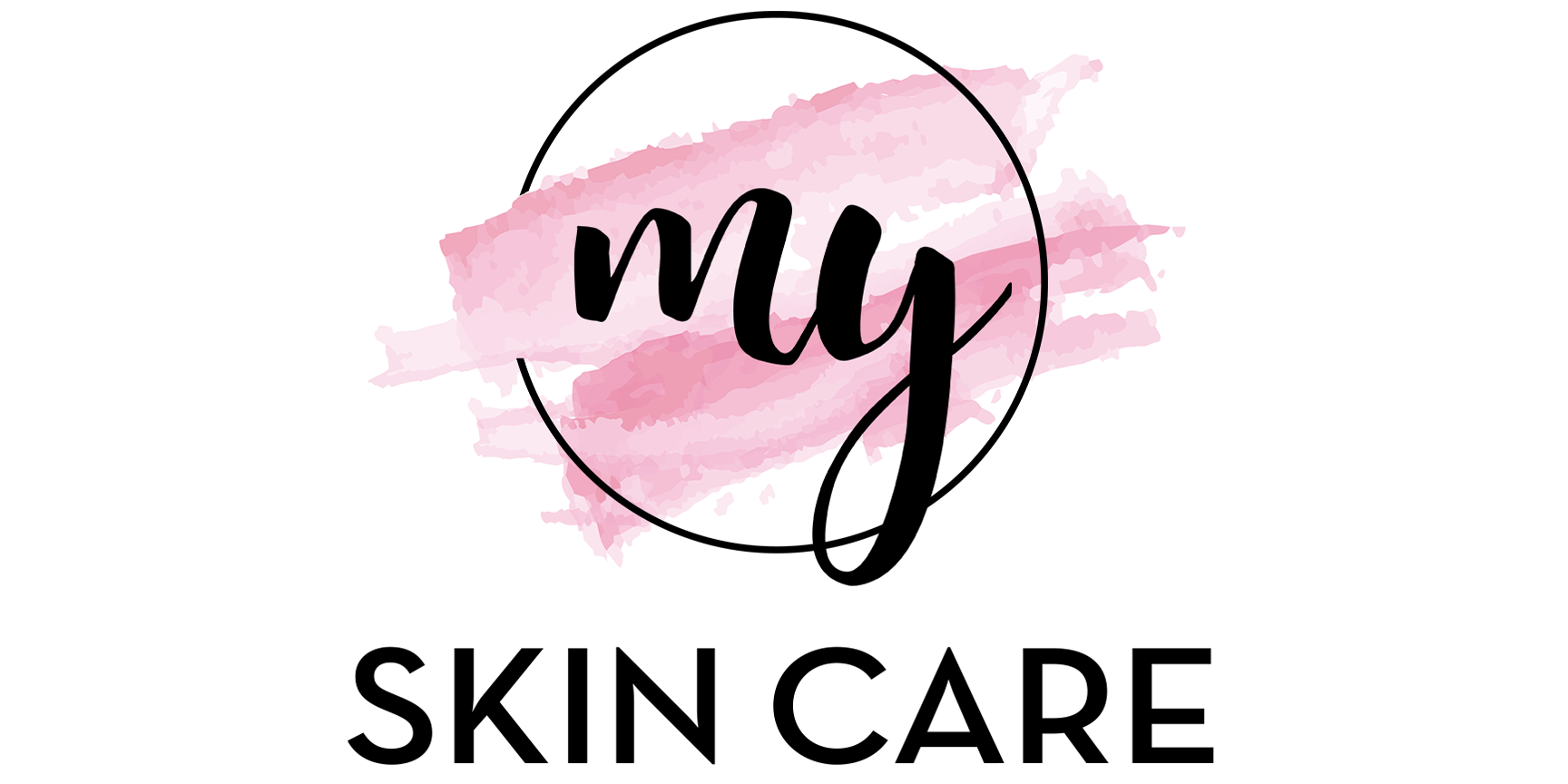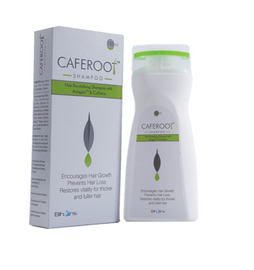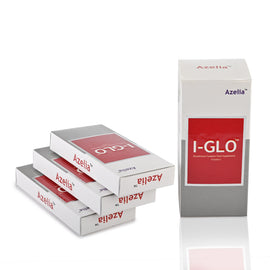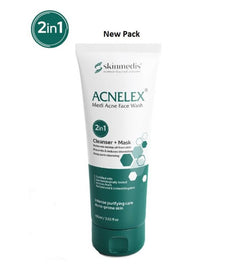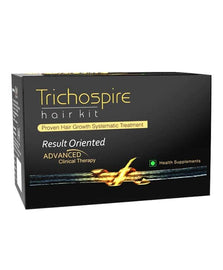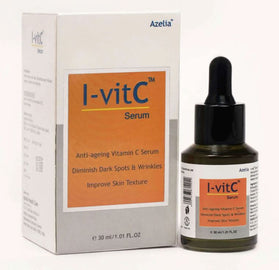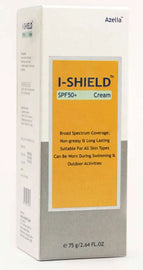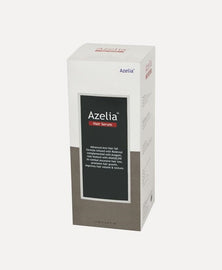
Are anti anxiety pills and medicines the only way to beat anxiety?

When our mind is in overdrive, the everyday pressures of life can turn you into an anxious mess. If you suffer from anxiety, the constant, nagging feelings of worry can be troubling and hard to control. These feelings are usually intense and out of proportion to the actual troubles and dangers in your everyday life. They can make it hard to function at home, at work, or in social situations.
Although antianxiety drugs can ease your anxiety, it comes with a price tag in the form of side effects. Trouble sleeping, decreased libido, jumpiness, and increased hunger are some of the most common inconveniences of treating anxiety with drugs. Anxiety can be treated with medication, but several mind-body approaches may also be effective.
Hypnosis is sometimes used along with cognitive behavioral therapy to treat anxiety. It can help people focus their attention, rethink problems, relax, and respond to helpful suggestions. Hypnosis relies mainly on your ability to concentrate and on the trust you have in the therapist. If you are interested in hypnosis, discuss it first with your psychiatrist or psychologist. She or he can help you find a qualified practitioner.
Biofeedback measures specific body functions, such as heartbeat or breathing, and feeds this information back to you in the form of sounds or lights. This can help you become aware of your body's responses and learn to control them using relaxation and cognitive techniques. You can practice different relaxation techniques while attached to biofeedback equipment and get immediate sensory input about which techniques produce the desired results, such as slowing the heart rate or relaxing tense muscles. The hope is that this extra feedback helps people find — and refine — techniques that can calm the body and reduce anxiety.
Other relaxation techniques that may ease anxiety include deep (diaphragmatic) breathing, visualization, and body scanning.
|
Deep breathing To practice this technique, begin by finding a comfortable, quiet place to sit or lie down. Start by observing your breath. First, take a normal breath. Now try taking a slow, deep breath. The air coming in through your nose should feel as though it moves downward into your lower belly. Let your abdomen expand fully. Now breathe out through your mouth (or your nose, if that feels more natural). Alternate normal and deep breaths several times. Pay attention to how you feel when you inhale and exhale normally and when you breathe deeply. Shallow breathing often feels tense and constricted, while deep breathing produces relaxation. Continue this for several minutes. Put one hand on your abdomen, just below your belly button. Feel your hand rise about an inch each time you inhale and fall about an inch each time you exhale. Your chest will rise slightly, too, in concert with your abdomen. Remember to relax your belly so that each inhalation expands it fully. Try to practice this breathing technique for 15 to 20 minutes every day. You might also try shorter bouts lasting a few minutes when anxiety begins to build, to see if this feels calming |
Exercise
Exercise is probably the last thing you want to do when your mind’s in overdrive. But in reality, exercise is one of the best natural antianxiety solutions. Physical activity raises endorphins and serotonin levels to help you feel better emotionally. And when you feel better on the inside, your entire outlook improves. And because your brain can’t equally focus on two things at once, exercise can also take your mind off your problems.
Sleep
Sleep is the most basic restorative activity for the mind, and can affect everything from mood to energy, to attention and focus. Chronic sleep deprivation makes you susceptible to anxiety. One must get eight to nine hours of sleep every night. Develop a bedtime routine to read a book or do something relaxing before bed. The better prepared you are to get a good night’s sleep, the better quality of sleep you’ll have, which leads to a better morning as well.
Synopsis- There are several alternative approaches to reduces and dealing with anxiety. Apart from prescription medicines, lifestyle changes, breathing techniques, hypnosis, biofeedback can be used to regulate anxious thoughts. Routinely exercising and getting ample sleep is also crucial in controlling our mood, thoughts and overall performance.
Can Breathing help in reducing anxiety and stress?
Breathing is a necessity of life that usually occurs without naturally, without much thought or effort. When we breathe in air, our blood cells receive oxygen and release carbon dioxide, which becomes a waste product and it is carried back through our body and exhaled.
Improper breathing can upset the oxygen and carbon dioxide exchange and contribute to anxiety, panic attacks, fatigue, and other physical and emotional disturbances. When people are anxious they tend to take rapid, shallow breaths that come directly from the chest. Your blood is not being properly oxygenated and this may signal a stress response that contributes to anxiety and panic attacks.
Yogic breathing has potential utility in managing depression and other conditions in which anxiety and depressive symptoms are prominent.
Here is some scientifically proven and evidence based proof of the fact that it can help in reducing anxiety and stress. Here is some data from a study conducted in a small sample size.
The Pranayamas used in this study were Ujjayi, Anulom–vilom, Bhastrika, Kapalbhati, Bhramari, and Onkar. It is known fact that focusing on breathing reduces unnecessary thoughts and relieves symptoms of anxiety. Hence, the aim of this experiment was to explore the effects of the regular practice of a few simple Pranayamas on the symptoms of anxiety.
Participants were adult primary or secondary care patients with a primary diagnosis of GAD (Generalized Anxiety Disorder) and persistent anxiety symptoms of at least moderate intensity, despite prior treatment with two or more medications of proven efficacy. Patients participated in group-delivered yogic breathing training and practice for 12 weeks. Patients participated in group-delivered yogic breathing training and practice for 12 weeks. Structured assessments were performed at baseline, after 1, 2, and 6 weeks of instruction, and at end-point. Participants also completed the antisaccade (emotional variant) task and startle response task at baseline and end-point.
At baseline, participating patients (n = 9) had moderate-to-severe anxiety symptoms and mild-to-moderate depressive symptoms, they attended 84% of offered sessions and provided positive feedback on the content and delivery of treatment. Symptom severity reduced significantly from baseline to end-point. There were greater errors on negative trials compared to neutral trials in the antisaccade task at baseline, and a significant reduction in antisaccade errors for negative stimuli as compared to neutral stimuli between baseline and end-point: but there were no significant differences in either mean heart rate or startle response between baseline and end-point.
Limitations included the small sample, absence of a control group, and short duration. Furthermore, a single assessor in regular contact performed assessments with patient participants, which may have resulted in nonspecific but therapeutic effects. Despite these drawbacks, they observed a significant improvement in anxiety symptoms after the intervention, accompanied by reduced eye movement errors in response to negative images, consistent with improved attentional control.
Synopsis- Breathwork, deep and abdominal breathing can help you calm anxiety and get into a relaxed state. Guided meditation can also be used to alleviate anxiety by interrupting patterns of thinking that perpetuate stress. Yogic practices like Pranayama regulate breathing which can also help you gain control over intrusive thoughts that trigger anxiety.
The yogic breathing techniques adopted in this study proved not especially difficult to learn but required regular practice and continuing commitment. Participants were skeptical about the prospect of benefit and experienced some initial difficulty in practicing techniques, some of this due to anxiety symptoms.
It was observed that Yogic breathing techniques proved simple to learn and may be beneficial in reducing anxiety and depressive symptoms in patients with treatment-resistant GAD. Yogic breathing had no effect on autonomic arousal, but the reduction in errors to negative stimuli in the antisaccade task suggests an improvement in attention control during the intervention accompanying the reduction in symptoms.
